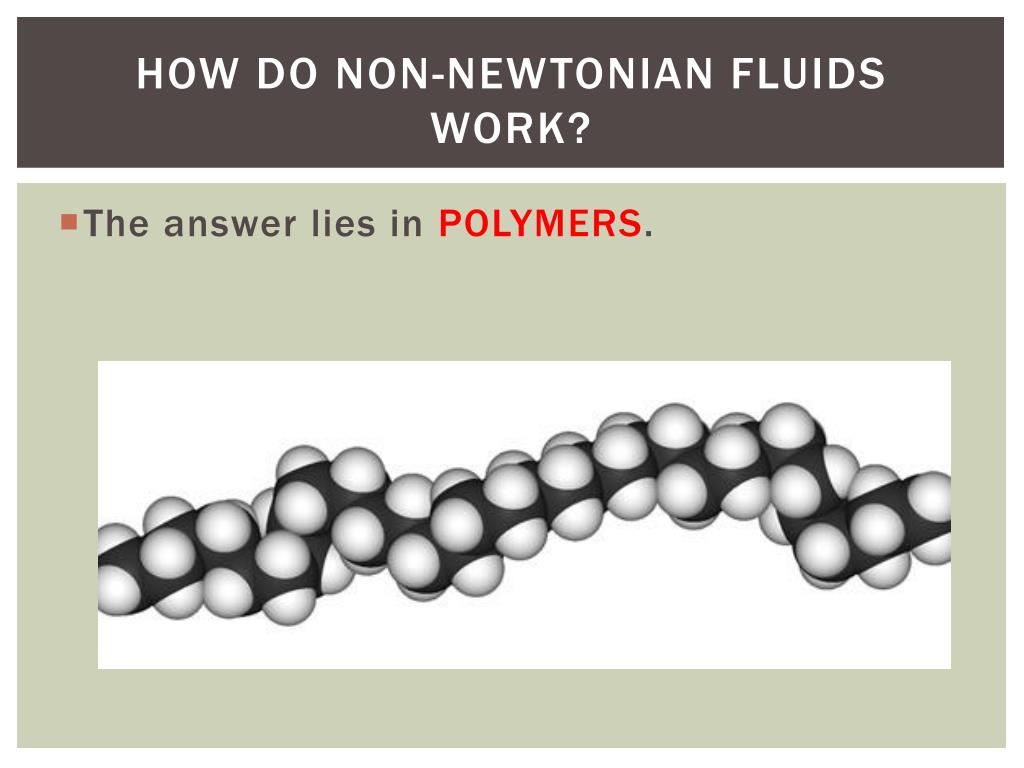

Do NOT dump the mixture down your drains. Gloop (OK, fine, Oobleck) easily wiped off the table, but it was a little trickier to scrape off our concrete outdoor floor (I’d maybe recommend a tarp/shower curtain). If you let it go, the long starch molecules will slip past the water and really drip down like a slimey goo. So if you ball it in your hands, it forces the water molecules inside and gets hard. This is because cornstarch does not dissolve in water. It looks like a liquid until you press on it or dig into it. Gloop is a non-Newtonian fluid which means it changes state depending on the force. For an optional color, use 2-3 drops of food coloring (any more and your hands are green for the day!) It’s also really helpful to have a bowl of warm water for them to rinse hands and “reset”. Add less than a cup of water or about 3:1 ratio.

Gently pour two cups of cornstarch into your container (dumping it will cause a “poof” of cornstarch you probably don’t want to inhale). Turns out it’s a pretty crazy unique solid/liquid substance that will keep your kids and you enthralled. It is the tendency of liquid surfaces at rest to shrink into the minimum surface area possible.I normally don’t love messy sensory activities but our preschool teachers highly recommended we try this cornstarch and water combo otherwise knowns as “Gloop” or “Oobleck” (as you guy noted – 83 times, ha). It is a measure of the change in volume of a fluid in response to a change in pressure. Pressure exerted by the vapor when it is in thermodynamic equilibrium with its condensed phases (solid or liquid) at a given temperature in a closed system is known as vapor pressure. Volume per unit mass is known as specific volume. Weight per unit volume is known as mass density of fluid. Mass per unit volume is known as mass density of fluid. Specific gravity of fluids is defined as the ratio of density of a particular fluid to the density of standard fluid (generally water). Both are the ratio of applied force and area of surface (on which the force is applied). It is the term used in fluids which is analogues to the term stress used in solids. Viscosity offers resistance to the movement of fluid layers. It is the ratio of applied shear stress to the obtained shear strain rate in fluids. There are some basic properties associated with fluids which help us to understand them in a better way. Note: According to Newton’s law of viscosity shear stress is directly proportional to strain rate.Ī real fluid which does not obeys Newton’s law of viscosity is known as Non-Newtonian fluid.Ī fluid, in which shear stress is more than the yield value and shear stress is directly proportional to the rate of shear strain, is known as ideal plastic fluid.

In practice all fluids are real.Ī real fluid which obeys Newton’s law of viscosity is known as Newtonian fluid. It is an imaginary fluid and does not exists in reality. Ideal fluid is incompressible and has no viscosity. On the basis of shear stress and velocity gradient relationship, fluids can broadly be classified into following five types. ‘Fluid Mechanics’ by Cengel & Cimbala) Types of fluids When a constant shear force is applied, a solid eventually stops deforming, whereas a fluid never stops deforming and approaches a constant rate of strain Let’s understand fluids with their definition. The main difference between fluids and solids lies in their ability to resist shear stresses. There three phases of matter areįrom the above three phases, liquid and gas are combinedly known as fluids. Plasma is superheated matter – so hot that the electrons are ripped away from the atoms forming an ionized gas. Matter around us exists in three phases, excluding plasma. Before discussing fluids let’s first discuss phases of matter.


 0 kommentar(er)
0 kommentar(er)
